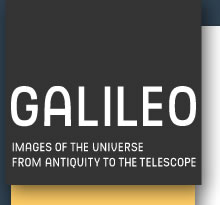


Astronomical research shifted to the southern shore of the Mediterranean, to Egypt, in the 3rd century B.C. It reached the peak in terms of conceptual rigour and theoretical complexity in the context of the Musaeum of Alexandria. Astronomical research focused on the relationship between the planets and the Earth. Eager observers of the heavenly dome such as Hipparchus and Ptolemy, used sophisticated instruments to build up data which, thanks to the rapid development of mathematics and geometry, enabled them to achieve extraordinary results. The first mechanical planetaria appeared on the scene towards the middle of the 2nd century B.C., demonstrating the perfect mechanics of the great machine of the universe. When Rome conquered the Mediterranean, astronomical research gave way to astrology, which won over every social class. The ruling class even used belief in the omens embodied in the signs from Heaven to bolster the "astral" legitimacy of their lordship. In Roman times the heavens were not only consulted by sailors to navigate on the high seas or by farmers to plan their sowing and reaping. They were seen as a vehicle for probing man's fate and for deciding on appropriate conduct.